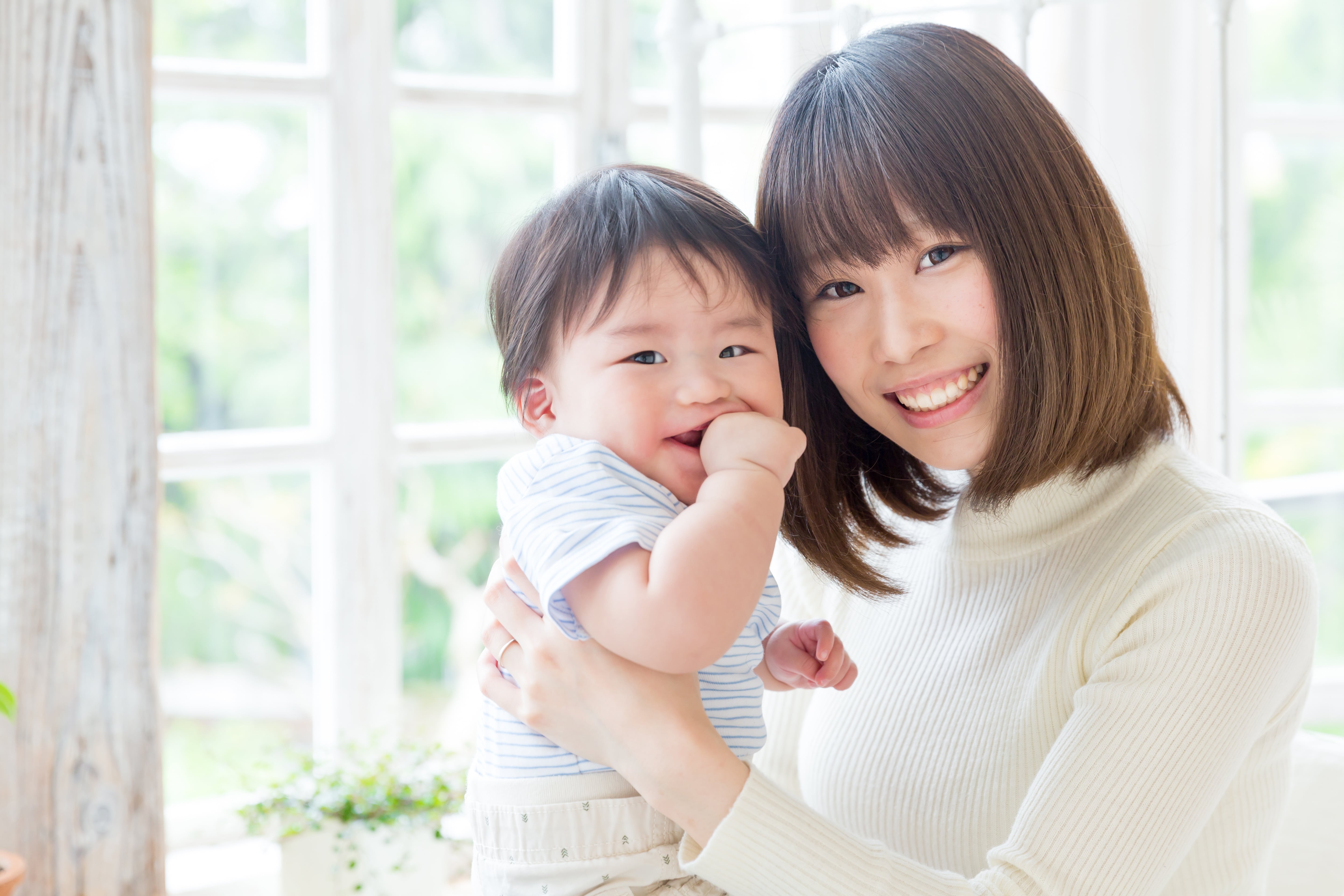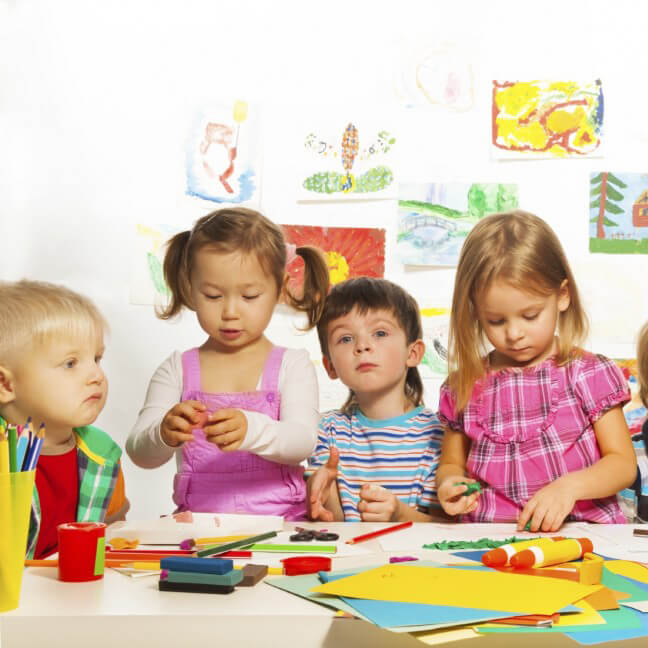7 behavioral areas screened by ASQ:SE-2

Since items on the Ages & Stages Questionnaires®: Social-Emotional, Second Edition are not organized or scored by category, the intent behind each item may not always be obvious. However, the items can be categorized in one or more behavioral areas, which serve as a conceptual framework or map for ASQ®:SE-2 items.
Understanding these behavioral areas can be helpful to users as you score questionnaires and discuss results with families. Here are the seven areas and some sample questionnaire items that fall into each:
Self-regulation
This area covers the child’s ability or willingness to calm down, settle down, or adjust to different physiological or environmental conditions or to stimulation. For example, does the child:
- Have trouble falling asleep at naptime or night?
- Move easily from one activity to another?
- Destroy or damage things on purpose?
Compliance
Items that address compliance look at how well the child follows directions and rules. For example, does the child:
- Follow your simple or routine directions?
- Do what you ask?
Adaptive Functioning
How does the child cope with his or her physiological needs, such as sleeping, eating, elimination, or safety? For example, does the child:
- Stay awake for an hour or more at a time, during the day?
- Have any eating problems, like vomiting or eating non-food items?
- Stay away from dangerous things?
Autonomy
This area screens a child’s ability to self-initiate or respond to others without guidance. For example, does the child:
- Seem too worried or fearful?
- Cling to you more than you would expect?
Affect
Does the child demonstrate his or her own feelings and show empathy for others? For example, does the child:
- Like to be picked up and held? Hugged or cuddled?
- Show concern for other people’s feelings?
Social-Communication
This behavioral area focuses on whether the child expresses his or her interests, needs, feelings, and affective or internal states by interacting with others verbally or nonverbally. For example, does the child:
- Look at you and seem to listen when you talk?
- Let you know when he or she is hungry, tired, sick, or hurt?
- Play with objects while pretending? Pretends objects are something else?
Interaction
Items address whether the child responds to or initiates social responses with parents, other adults, and peers. For example, does the child:
- Laugh or smile at you and family members?
- Stay upset for more than an hour when you leave?
- Like to be around or play next to other children?
More Information
Visit chapter 3 of the ASQ:SE-2 User’s Guide to read more about the seven behavioral areas and map each questionnaire item to the behavior area it measures.
For quick reference, download our new infographic: The 7 Behavioral Areas of ASQ:SE-2.
Originally published: April 2017



